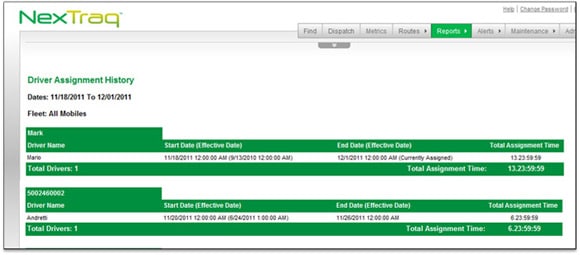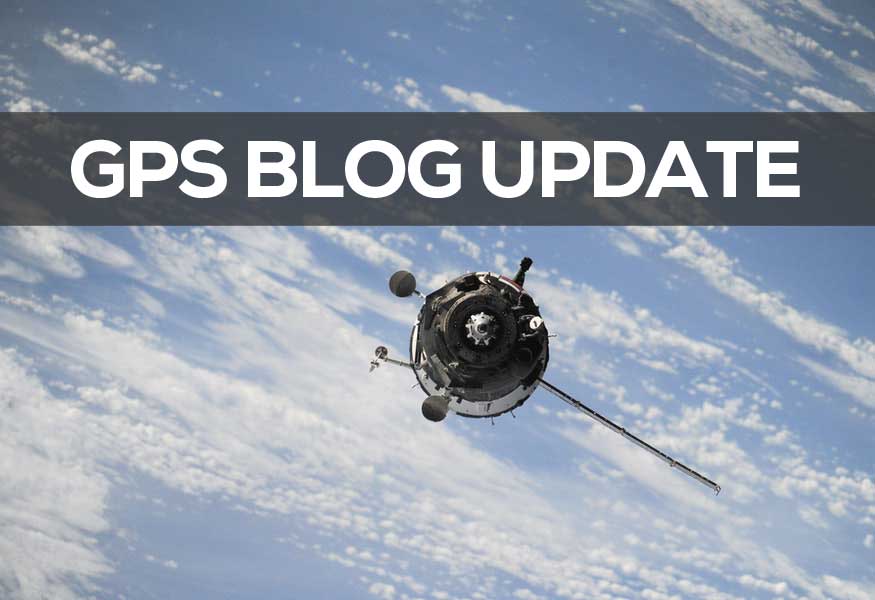There’s a lot of talk about the importance of fleet tracking from a safety and reliability standpoint, but we can’t talk about the benefits of fleet tracking without exploring the increase in operational efficiency. Dispatchers are often faced with the daunting, time-consuming task of assigning jobs and dispatching vehicles. Drivers get lost. Traffic and road conditions change on the fly. Customer emergencies require re-routing at a moment’s notice. Communicating from the office to our individual vehicles is not just a luxury, but a necessity in running an efficient and profitable service business.
By empowering your operations with a GPS fleet tracking solution, you accelerate and simplify the task of communicating with our vehicles and directly impact operational functionality.
Fleet Tracking Can Help to Maintain Safety
For example, a customer calls with an emergency service request, but your driver is out servicing another route in a remote location. With a fleet tracking platform in place, a dispatcher can inform the driver via turn-by-turn voice directions, eliminating distraction and maintaining safety. Dispatchers are appropriately notified once the destination has been reached, and customer service can follow up to ensure complete satisfaction. Fluidity and flexibility are key areas as it relates to exceptional customer service.
![]()
If your business operates in a metropolitan city where traffic can be challenging, having a fleet dispatching tool allows drivers to receive optimized routes immediately to avoid traffic incidents, roadwork and tolls. On the flipside, if you frequently service and operate in remote locations, having the ability to gain a clear understanding of where your fleet is and where it’s going is crucial. You’ll want drivers to take the most direct route to keep costs down and optimize the number of locations they service in any given workday.
Driver ID Provides Management for Driver-Based Reporting
The manual process of switching drivers from one vehicle to another is simplified when a Driver ID tool is implemented. Drivers can quickly check in and associate themselves with the vehicle they are assigned to. Regardless of how many drivers or shifts operate in a vehicle, this technology provides management with accurate driver-based reporting.

On the topic of reporting, having a window into operations allows you to see what’s working and what’s not. Everything from using a Start/Stop report as a “virtual” timecard to validate payroll hours, to an Idle Report reducing harmful emissions and fuel expenses, reporting capability enables us to generate a wealth of information and gain valuable insight at a moment’s notice. Additionally, this data is actionable. Meaning you can take the information generated by the report and do something with it. Decisiveness is crucial to any service business looking to maintain profitability and customer satisfaction.
You increase revenue when drivers can complete more jobs and add additional stops to their routes. Long gone are the days when drivers must call into office because they’re lost, hit unbearable traffic or are unsure where the next stop is located. Cutting down driving time by creating efficient routes allows for a cost saving that helps grow your bottom line. Implementing one or all of this fleet tracking functionality allows for transparency and ease of use. Accessing the location of your vehicles within seconds maximizes the benefits to your business and in turn, your customers. Operating from a place of “knowing” rather than “assuming” allows you the ability to grow your business while operating proficiently. If you’re looking to optimize efficiency, increase your bottom line and improve customer service, GPS fleet tracking is your one stop shopping to achieving it all.

